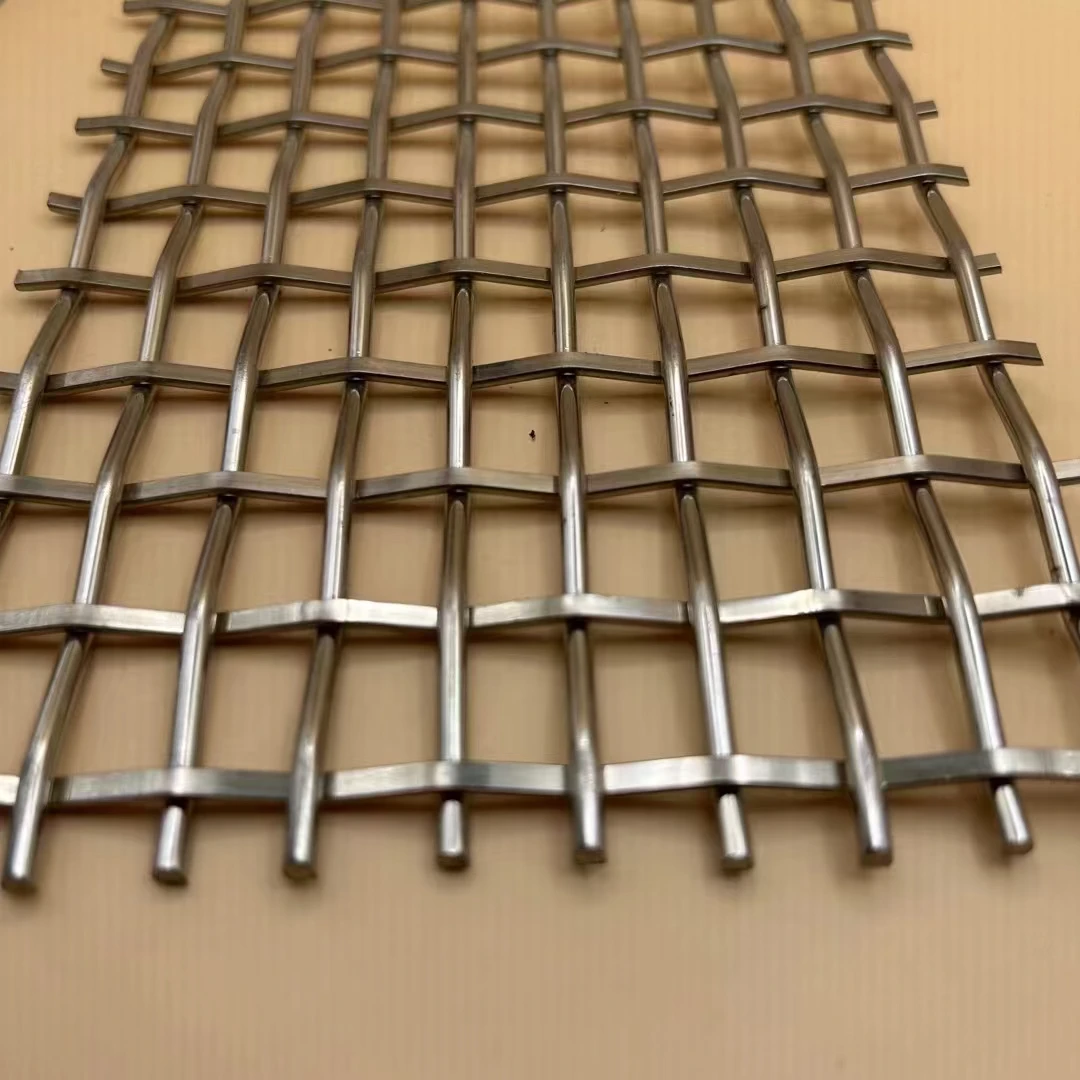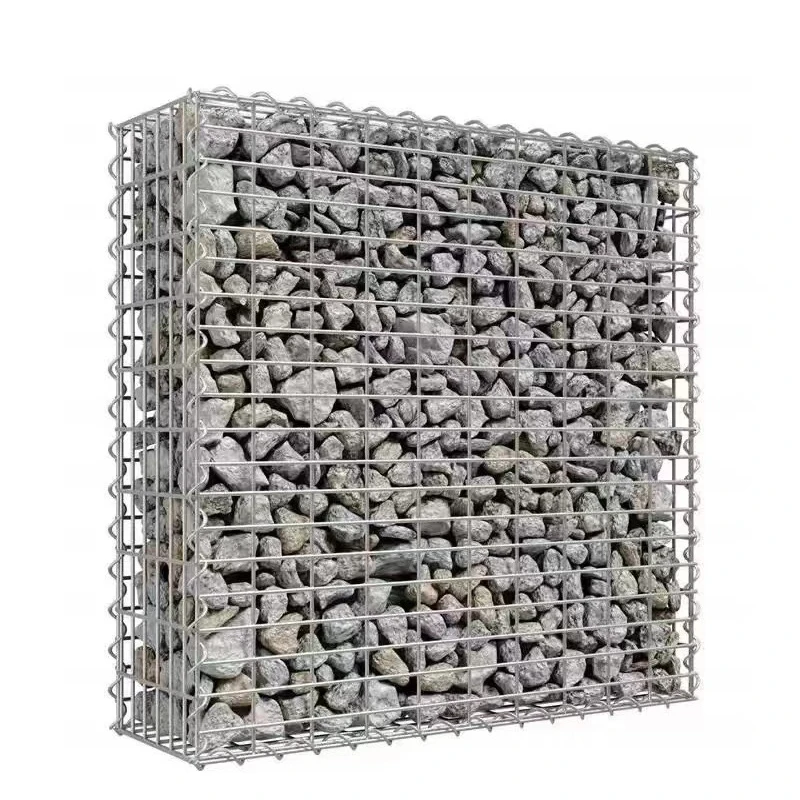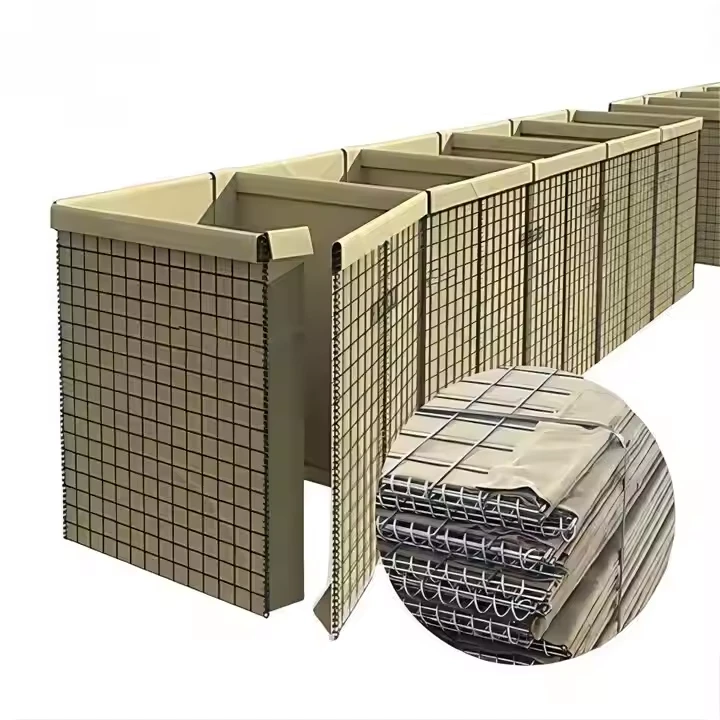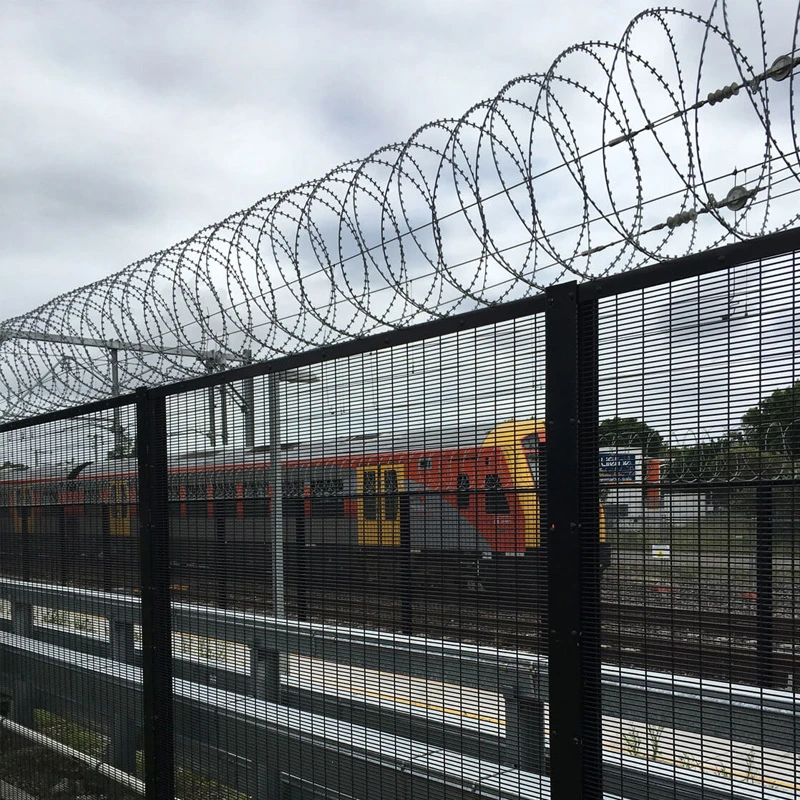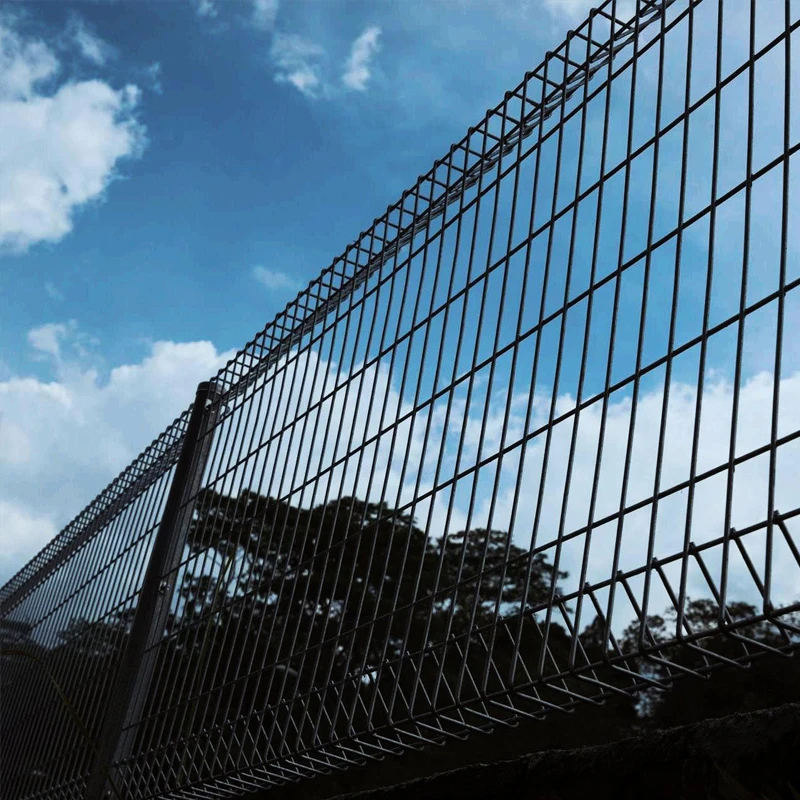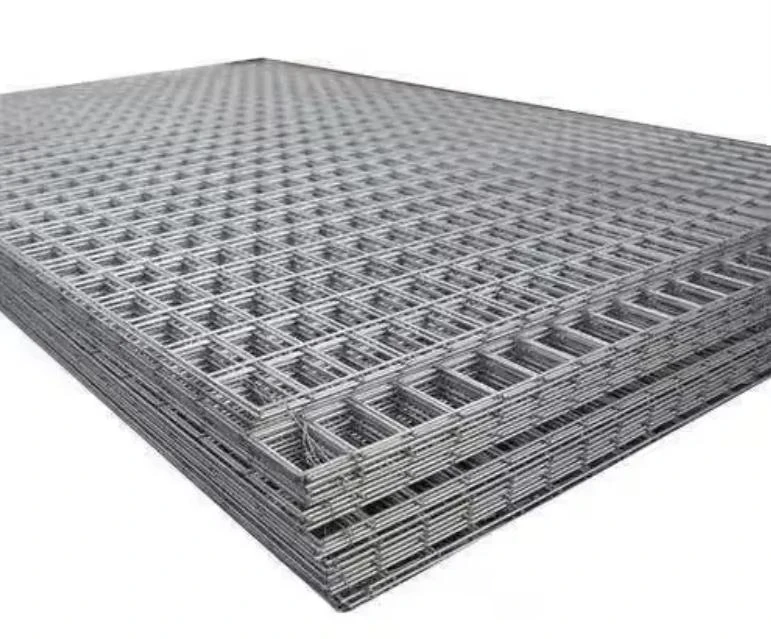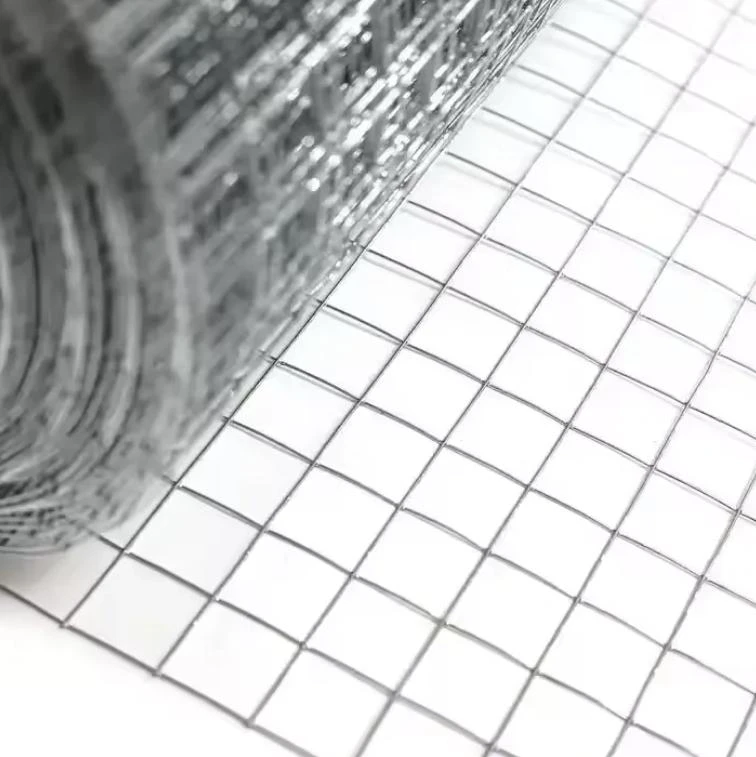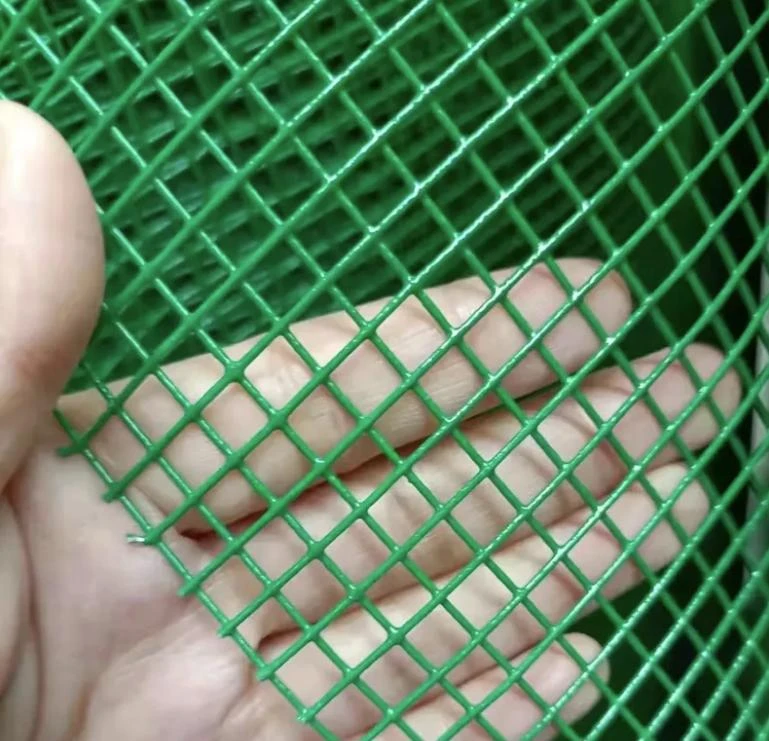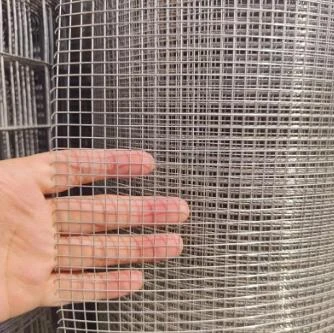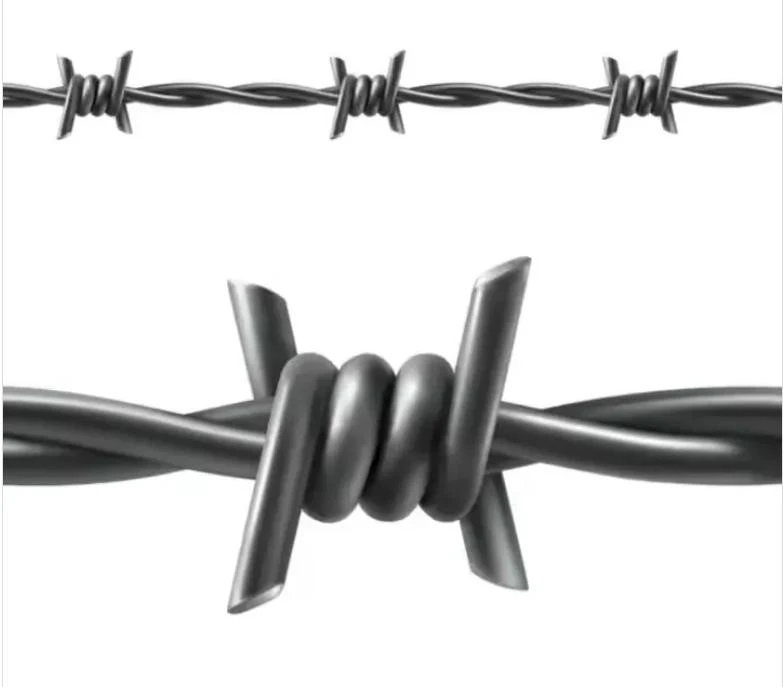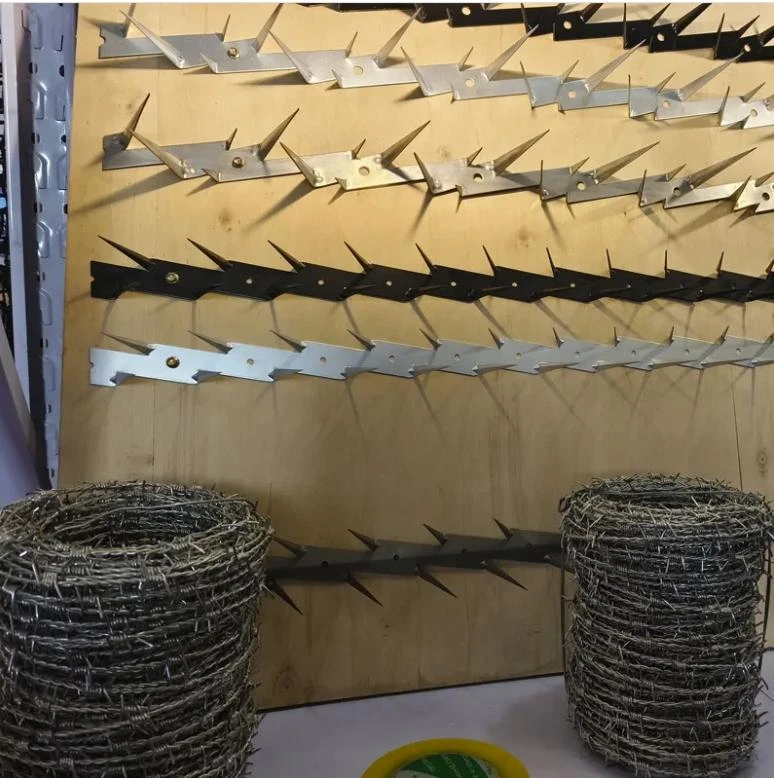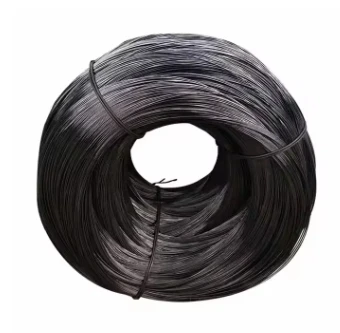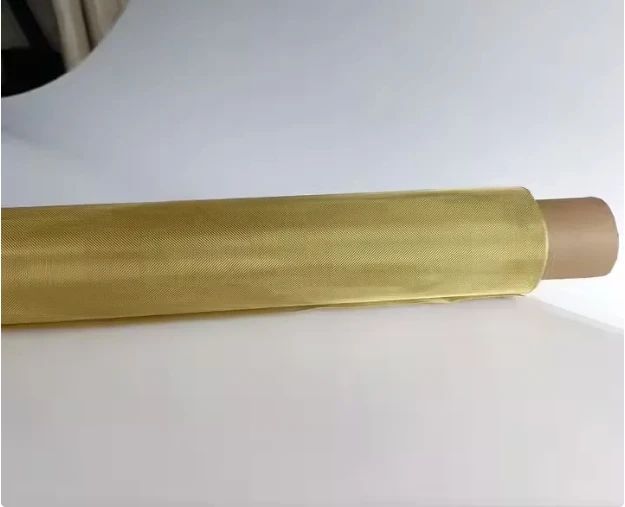O arame farpado é feito de tiras de corte de aço galvanizado resistente à corrosão enroladas em um núcleo de arame de aço galvanizado. Ele não pode ser cortado sem ferramentas altamente especializadas e, mesmo assim, é um trabalho lento e perigoso. O arame farpado concertina é uma barreira duradoura e muito eficaz, reconhecida e confiável por profissionais de segurança.
Estilos de lâminas de barbear
Os estilos de lâmina são divididos principalmente em duas séries:
BTO (Obstáculo de Fita Farpada) e CBT (Fita Farpada Concertina).
Entre eles, há cinco estilos mais comumente usados, incluindo BTO-10 (lâmina curta), BTO-22 (lâmina média), BTO-30 (lâmina de rasgo), CBT-60 (lâmina de anzol) e CBT-65 (lâmina longa).
Why Galvanized Razor Wire Stands Up to Corrosion & Wear
In harsh environments—coastal salt spray, industrial chemicals, or relentless rain—ordinary fencing succumbs to rust and decay. But a razor wire fence with galvanized coating defies these forces, making it a staple for long-term security. JINJIU’s galvanized razor fence designs leverage advanced metallurgy to outlast corrosion and wear, ensuring lasting protection where other barriers fail.
At the core of this resilience is the hot-dip galvanizing process. Each strand of the razor wire fence is submerged in molten zinc (450°C), forming a metallurgical bond between zinc and steel. This creates a uniform coating—typically 80-120g/m² thick—that acts as a sacrificial barrier: zinc corrodes first, preserving the underlying steel. Unlike paint or plastic coatings that chip or peel, this zinc layer self-heals minor scratches, preventing rust from taking hold even when the surface is nicked.
Corrosion resistance shines in extreme conditions. In coastal areas, salt-laden air attacks unprotected metal, but galvanized razor fence forms a dense zinc oxide layer that blocks moisture and ions from reaching the steel core. Similarly, in industrial zones with chemical runoff or high humidity, the zinc coating neutralizes corrosive agents, maintaining structural integrity for 15+ years—far longer than uncoated alternatives, which degrade in 3-5 years.
Wear resistance adds another layer of durability. The razor wire fence’s high-tensile steel core, paired with the galvanized coating, withstands physical stress: repeated contact with wildlife, wind-driven debris, or accidental impacts. The sharp blades retain their edge longer, as zinc’s hardness (2.5 on the Mohs scale) resists dulling from friction or weathering. This means less frequent replacement, reducing long-term costs for facilities relying on a razor fence for perimeter security.
JINJIU’s commitment to quality ensures each galvanized razor wire fence meets strict standards, with coating thickness tested via ultrasonic measurement to guarantee consistency. Whether securing ports, prisons, or agricultural land, the result is a barrier that thrives in the toughest conditions—proof that galvanization isn’t just a treatment, but a promise of enduring performance.
From Prisons to Factories: Key Applications for Single Razor Wire
Single razor wire is a versatile security solution, and JINJIU’s razor wire fence designs excel across high-stakes environments, from maximum-security facilities to industrial sites. Its unique blend of deterrence and durability makes it indispensable where unauthorized access risks safety, assets, or operations.
Prisons and correctional facilities rely on a razor fence for perimeter control. The sharp, interlocking blades create an impassable barrier, discouraging escape attempts or external breaches. JINJIU’s single razor wire—mounted atop walls or along fences—features high-tensile steel cores and galvanized coatings, withstanding tampering and harsh weather. Its compact design fits within tight security perimeters, ensuring minimal space usage while maximizing protection, a critical factor in confined prison layouts.
Industrial factories and manufacturing plants turn to razor wire fences to safeguard equipment, inventory, and sensitive machinery. Warehouses storing high-value goods (electronics, pharmaceuticals) benefit from its visible deterrence, reducing theft risks. The wire’s resistance to cutting tools and corrosion (via hot-dip galvanization) makes it ideal for outdoor storage yards or facilities near chemical exposure, where durability directly impacts long-term security costs.
Border checkpoints and customs zones use a razor fence to manage controlled access. Its ability to span large distances—with rolls up to 50m—simplifies installation along vast perimeters. The sharp blades deter illegal crossings without impeding official vehicle or pedestrian flow, balancing security with operational efficiency. For remote border regions, JINJIU’s UV-resistant razor wire fence withstands extreme temperatures and wildlife interference, ensuring consistent performance in unmonitored areas.
Agricultural and energy sites also leverage single razor wire. Farms protecting livestock from predators or crops from theft use it to reinforce existing fences, while solar farms and wind installations secure equipment against vandalism. The wire’s lightweight design eases installation across uneven terrain, making it suitable for rural landscapes where heavy barriers are impractical.
In every application, JINJIU’s razor fence combines functionality with adaptability: customizable blade density (10-16 blades/m) for varying threat levels, and material options (galvanized steel or stainless steel) for climate resilience. It’s not just a barrier—it’s a tailored security partner, proving that a single razor wire’s value spans far beyond its sharp edges.
BTO-10 (Lâmina Curta)
O fio de lâmina curta BTO-10 é o tipo mais curto de lâmina, desenvolvido inicialmente para aplicações militares. Ele retém o perfil original
de fita farpada de arame farpado é a mais econômica entre todas as fitas farpadas.
 |
|
Tipo de lâmina
|
Espessura da farpa
|
Comprimento da farpa
|
Largura da farpa
|
Espaçamento de farpas
|
Diâmetro do fio central
|
|
BTO-10
|
0.5 ± 0.05
|
10.0 ± 1
|
13 ± 1
|
25 ± 2
|
2.5 ± 0.1
|
BTO-22 (Lâmina Média)
O fio de lâmina média BTO-22 é uma melhoria na lâmina curta. É amplamente utilizado em aplicações comerciais e industriais. O fio de concertina de lâmina média tem bordas farpadas mais afiadas e é mais econômico. Para o fio de lâmina BTO-22, também fornecemos novos estilos de lâmina e estilos de fio de núcleo fino de placa fina para opções de menor custo.
 |
|
Tipo de lâmina
|
Espessura da farpa
|
Comprimento da farpa
|
Largura da farpa
|
Espaçamento de farpas
|
Diâmetro do fio central
|
|
BTO-22
|
0.5 ± 0.05
|
22.0 ± 1
|
16 ± 1
|
35 ± 2
|
2.5 ± 0.1
|
BTO-30 (Lâmina de Rasgo)
O fio da lâmina de corte BTO-30 é um híbrido da lâmina média e da lâmina longa, mais feroz que a lâmina média e mais econômico que a lâmina longa.
 |
|
Tipo de lâmina
|
Espessura da farpa
|
Comprimento da farpa
|
Largura da farpa
|
Espaçamento de farpas
|
Diâmetro do fio central
|
|
BTO-30
|
0.5 ± 0.05
|
30.0 ± 1
|
18 ± 1
|
45 ± 2
|
2.5 ± 0.1
|
CBT-60 (Lâmina de anzol)
The CBT-60 Fish-hook blade wire is the metal in the middle that has gone through the most gyrations. All hooks have an eye to tie your line to, a sharp tip to pierce the fish’s mouth and a barb to hold it in place. Although there are a wide variety of innovations in point design, it’s the shank & the bend that has changed the most. This blade of protection effect is excellent and the cost is relatively high.
 |
|
Tipo de lâmina
|
Espessura da farpa
|
Comprimento da farpa
|
Largura da farpa
|
Espaçamento de farpas
|
Diâmetro do fio central
|
|
TCC-60
|
0.5 ± 0.05
|
60.0 ± 2
|
31 ± 1
|
100 ± 2
|
2.5 ± 0.1
|
CBT-65 (Lâmina Longa)
A lâmina longa CBT-65 é um produto viscoso quando fabricado com material de lâmina de aço inoxidável temperado. Geralmente é usada para cercas de prisão. Navalhas de lâmina extralonga fornecem o efeito assustador máximo.
 |
|
Tipo de lâmina
|
Espessura da farpa
|
Comprimento da farpa
|
Largura da farpa
|
Espaçamento de farpas
|
Diâmetro do fio central
|
|
TCC-65
|
0.5 ± 0.05
|
65.0 ± 1
|
51 ± 1
|
100 ± 2
|
2.5 ± 0.1
|
Especificações do Loop de Bobinas
|
Diâmetro externo
|
Nº de Loops
|
Comprimento estendido
|
Tipo Bade
|
Tipo de bobina
|
|
300 milímetros
|
33
|
4–6 m
|
TCC- 60, 65
|
Bobina simples
|
|
450 milímetros
|
33
|
7–8 m
|
TCC- 60, 65
|
Bobina simples
|
|
500 milímetros
|
56
|
12–13 m
|
TCC- 60, 65
|
Bobina simples
|
|
700 milímetros
|
56
|
13–14 m
|
TCC- 60, 65
|
Bobina simples
|
|
960 milímetros
|
56
|
14–15 m
|
TCC- 60, 65
|
Bobina simples
|
|
450 milímetros
|
56
|
8–9 m (3 clips)
|
BTO- 10, 12, 18, 22, 28, 30
|
Tipo cruzado
|
|
500 milímetros
|
56
|
9–10 m (3 clips)
|
BTO- 10, 12, 18, 22, 28, 30
|
Tipo cruzado
|
|
600 milímetros
|
56
|
10–11 m (3 clips)
|
BTO- 10, 12, 18, 22, 28, 30
|
Tipo cruzado
|
|
700 milímetros
|
56
|
10–12 m (5 clips)
|
BTO- 10, 12, 18, 22, 28, 30
|
Tipo cruzado
|
|
900 milímetros
|
56
|
12–14 m (5 clips)
|
BTO- 10, 12, 18, 22, 28, 30
|
Tipo cruzado
|
|
980 milímetros
|
56
|
14–16 m (5 clips)
|
BTO- 10, 12, 18, 22, 28, 30
|
Tipo cruzado
|
Detalhes do produto
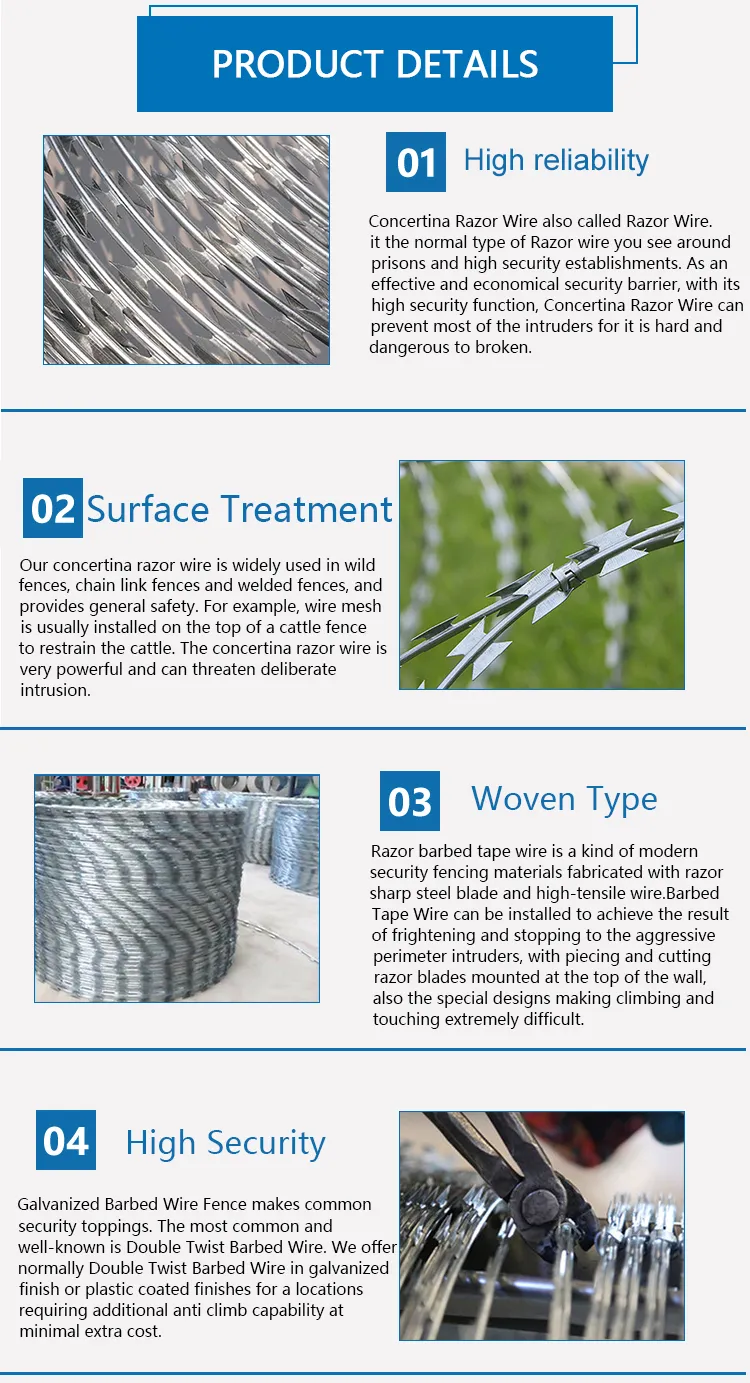
O arame farpado é amplamente utilizado em instalações de segurança, como jardins, hospitais, empresas industriais e de mineração, prisões, postos de fronteira, centros de detenção, prédios governamentais, etc.
Também é usado para divisão de ferrovias, rodovias, cercas agrícolas, etc.
Cenário de aplicação





















